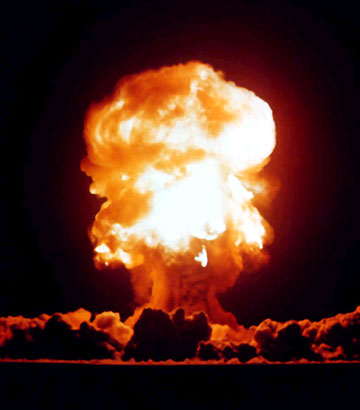I'm trying to understand more about 3-phase power conversions. I tend to be a pretty holistic thinker and so it's very hard for me to work with just one small part of a system. Currently I have a strong background with single phase, but 3-phase four wire is the next logical jump. I'm confused as to how you get higher power such as 208V by using 2 legs. How do you "balance a Load" How do I know the difference between actual voltage? I'm looking for advice or a basic text to increase my overall electrical understanding. What would be awesome is if someone could post some example math problems to play around with and a little explanation on the side. Ex. I have a 1200 w fixture that runs between 7 and 12 amps would a 100 amp service cover that? or would it be better to use a 200 amp service? how big a how big a distro would I need if the distance is over 200 ft.? I'm reading up on previous posts, but still some basic problems would help alot. The more hypothetical the better, but i am trying to understand enough to fill in a lot of Gaps.
Last edited:




 Example- I was brought up in the vacuum tube era.
Example- I was brought up in the vacuum tube era.  Or is it... The concept of the "flow of holes" was begun. In this concept, atoms generally do not have an excess of electrons, but can have a missing electron. Therefore, the positive charge (atom missing electron) does all the work pulling an electron from its neighbor and cascading down the
Or is it... The concept of the "flow of holes" was begun. In this concept, atoms generally do not have an excess of electrons, but can have a missing electron. Therefore, the positive charge (atom missing electron) does all the work pulling an electron from its neighbor and cascading down the 